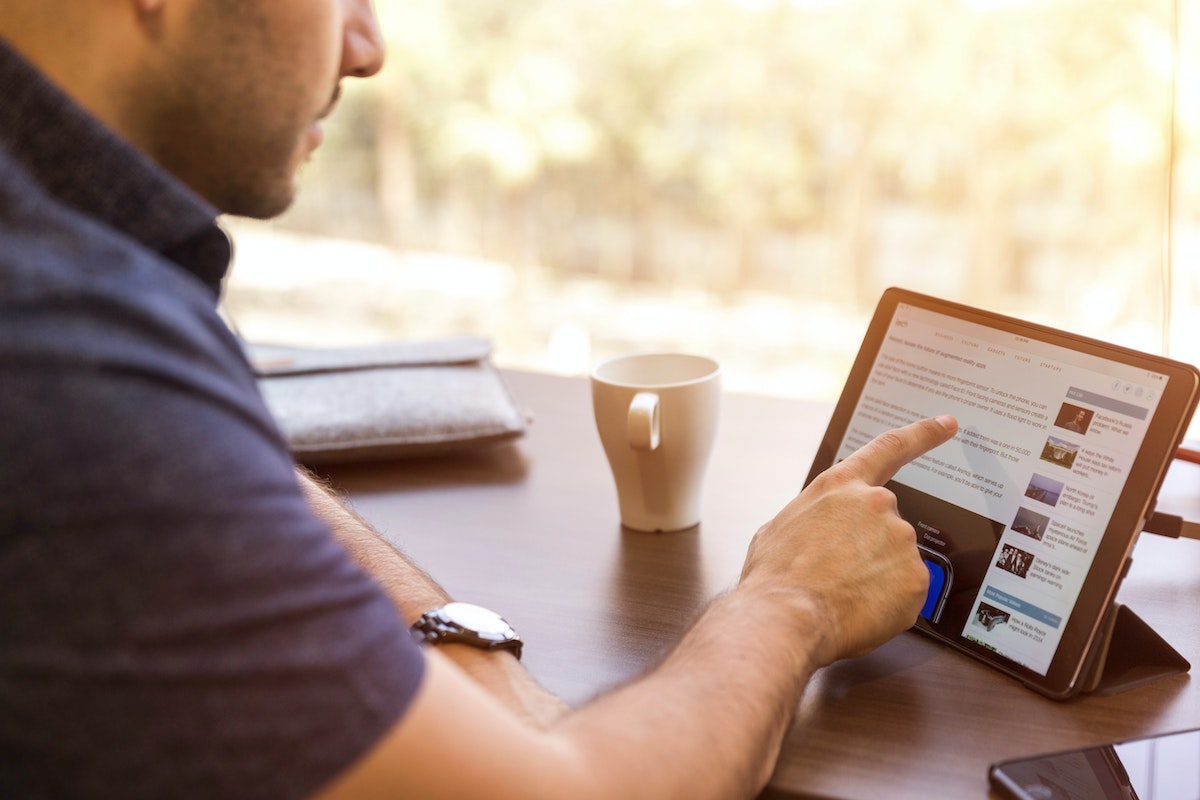User experience (UX) and search engine optimization (SEO) are closely linked. A website that delivers relevant, engaging, and seamless experiences keeps visitors on the page longer, reduces bounce rates, and encourages conversions. This is where artificial intelligence (AI) plays a key role. AI-driven SEO personalizes user experiences by analyzing behaviors, predicting intent, and tailoring content dynamically.
Gone are the days of one-size-fits-all web pages. With AI-powered algorithms, businesses can adapt their websites in real time to match a visitor’s needs. From personalized search results to adaptive navigation, AI ensures users find what they’re looking for faster. This not only improves satisfaction but also strengthens a site’s SEO ranking. Understanding these AI-driven personalization techniques is essential for marketers, business owners, and website developers looking to stay ahead.
If you’re exploring ways to integrate AI into your SEO strategy, an AI SEO course can provide insights into best practices and the latest tools. Learning how AI enhances user experience will help you create a website that is both user-friendly and search-engine optimized.

How AI Enhances Website Personalization
AI personalizes website experiences by learning from user interactions. It collects and processes data on browsing behavior, preferences, and engagement patterns. Based on this data, AI algorithms can adjust page elements to match individual users’ needs. This leads to higher retention, better engagement, and increased conversions.
Here’s how AI is transforming website personalization:
1. Dynamic Content Generation
AI-powered content engines analyze visitor data to deliver personalized content in real time. This means two users landing on the same page may see different versions of a webpage based on their interests, location, or past interactions.
For example:
- A returning visitor might see product recommendations based on past purchases.
- A new visitor might be greeted with introductory content tailored to their industry.
- A user from a specific region might receive localized promotions.
By displaying the most relevant information upfront, AI reduces friction and makes the experience more intuitive.
2. Adaptive Navigation and UX Design
Navigation plays a crucial role in how users interact with a website. AI tracks user movement, click patterns, and session durations to improve site navigation. Based on this, it can:
- Highlight frequently visited pages.
- Adjust menu structures dynamically.
- Offer predictive search suggestions.
For instance, an e-commerce website might prioritize “Men’s Running Shoes” for a visitor who previously browsed athletic footwear. This eliminates unnecessary steps and makes navigation more intuitive.
3. AI-Driven Chatbots and Virtual Assistants
AI-powered chatbots enhance user experience by providing instant, personalized responses. Unlike traditional chat systems, AI chatbots learn from conversations and refine their responses over time.
Key benefits include:
- Answering FAQs instantly.
- Guiding users through purchase decisions.
- Providing tailored recommendations based on browsing history.
For SEO, chatbots help reduce bounce rates and increase engagement time, signaling to search engines that the site is valuable to users.
4. Behavioral Targeting and Predictive Analytics
AI excels at predicting user intent. By analyzing past interactions, AI can determine what a visitor is likely to do next. This enables websites to:
- Display content that aligns with user expectations.
- Adjust marketing messages dynamically.
- Offer personalized discounts or incentives at the right moment.
For example, if a user frequently visits a blog post about “best SEO strategies,” the site can recommend advanced SEO guides or related webinars.
How AI-Driven Personalization Boosts SEO
While personalization enhances user experience, it also directly impacts SEO. Search engines prioritize sites that offer relevant, engaging content. AI-driven SEO improves rankings in the following ways:
1. Lower Bounce Rates, Higher Dwell Time
When users find what they need quickly, they stay longer. AI ensures visitors interact with relevant content, reducing bounce rates and increasing dwell time—both key SEO ranking factors.
2. Optimized Internal Linking
AI suggests personalized internal links based on user behavior. Instead of static link structures, AI dynamically recommends content users are most likely to engage with, improving navigation and boosting SEO authority.
3. Smarter Keyword Optimization
AI-driven tools analyze search intent rather than just keywords. This means websites can optimize content based on what users are actually looking for, improving ranking accuracy.
For example, instead of stuffing a page with “best running shoes,” AI detects whether users are searching for durability, comfort, or performance features and adjusts content accordingly.
4. Enhanced Mobile Experience
AI optimizes mobile experiences by adjusting layouts, font sizes, and image placements dynamically. Given that mobile-friendliness is a major SEO factor, this adaptability ensures a smoother experience across devices.

Implementing AI Personalization: Best Practices
Adopting AI-driven SEO requires the right approach. Here are key strategies to ensure a seamless integration:
1. Leverage AI-Powered SEO Tools
Several AI-based tools can help personalize content and improve rankings, including:
- ChatGPT and Jasper – AI-driven content generation.
- Surfer SEO – AI-powered keyword and content optimization.
- Clearscope – AI-based content relevance analysis.
- Google RankBrain – AI algorithm influencing search rankings.
Using these tools strategically enhances both UX and SEO performance.
2. Create User-Specific Content Paths
AI allows websites to guide users through customized content journeys. By analyzing visitor intent, businesses can develop personalized paths that encourage deeper engagement.
Example:
- First-time visitors → Introduction to services.
- Returning visitors → Advanced resources or case studies.
- High-engagement users → Personalized offers or consultations.
3. Use AI for Voice Search Optimization
Voice searches are growing, and AI helps optimize content for conversational queries. AI-driven SEO adapts content to match natural language patterns, improving visibility for voice searches.
Example:
- Instead of “best SEO strategies,” voice users might ask, “What’s the best way to improve website SEO fast?”
- AI ensures content aligns with real-world search behaviors.
4. Monitor and Adapt with AI Analytics
AI-powered analytics tools track user engagement and suggest improvements. Regular monitoring ensures:
- Content remains relevant.
- User journeys stay optimized.
- SEO strategies evolve based on data.
Google Analytics, Hotjar, and AI-powered heatmaps provide insights into user behavior, enabling continuous refinement.
The Future of AI-Driven SEO Personalization
AI is reshaping digital marketing, and its role in SEO will continue to grow. As AI algorithms evolve, websites will become even more intuitive, predictive, and user-centric. Businesses that embrace AI-driven personalization will stay ahead in search rankings while delivering seamless digital experiences.
The key takeaway? AI-powered SEO isn’t about replacing human creativity—it’s about enhancing it. By using AI strategically, businesses can create personalized experiences that drive engagement, boost rankings, and ultimately increase conversions.
By implementing AI-driven personalization today, websites can future-proof their SEO strategy and stay competitive in an ever-changing digital landscape.


















